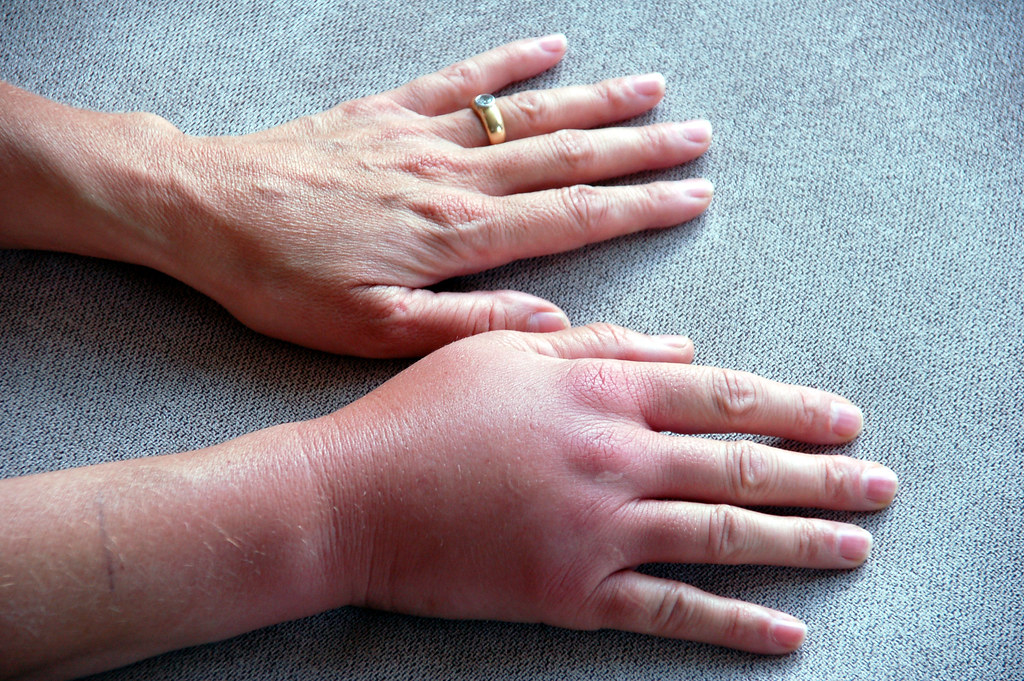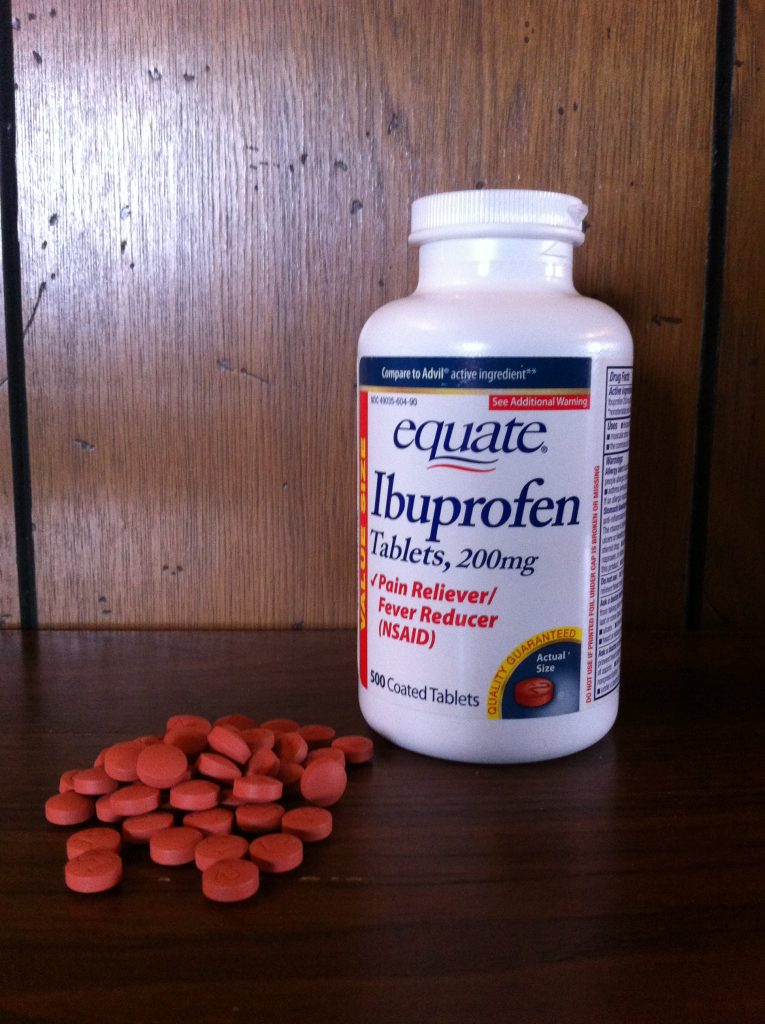Yellow jackets can deliver painful stings when threatened. Their stings, while usually harmless, can sometimes trigger allergic reactions in certain individuals. Understanding the potential for allergic responses to yellow jacket stings is important for both prevention and treatment.


How Do Yellow Jacket Stings Affect the Body?
Yellow jackets inject venom into the skin when they sting. For most people, this results in localized pain, redness, and swelling. Their venom contains proteins that cause irritation and discomfort. However, for individuals who are allergic, the body can overreact to these proteins, leading to more severe symptoms.
What Are the Symptoms of an Allergic Reaction?
When asking, “Can yellow jacket stings cause allergic reactions?” the answer is yes. People who are allergic may experience symptoms beyond the typical localized reaction. Common signs of an allergic reaction to a yellow jacket sting include:- Severe swelling that extends beyond the sting site
- Hives or widespread itching
- Difficulty breathing or swallowing
- Tightness in the chest or throat
- Dizziness or fainting
Who Is Most at Risk for Allergic Reactions?
Anyone can develop an allergy to insect stings, but certain individuals are at higher risk. People who have previously had allergic reactions to stings are more likely to experience a stronger reaction in the future. Additionally, those with a family history of allergies may be predisposed to develop similar sensitivities. Individuals who have been stung multiple times in a short period may also be more prone to allergic responses. This is because the body’s immune system can become sensitized to the venom after repeated exposure.First Aid for Yellow Jacket Stings
If you are stung by a yellow jacket and do not have an allergy, the sting can be managed with basic first aid to reduce discomfort and prevent infection. Here are the steps to follow:- Clean the sting site: Immediately clean the sting area with soap and water to remove any venom and prevent bacteria from entering the wound.
- Apply a cold compress: You can use a cloth-wrapped ice pack or a cold washcloth. Apply the compress for 10-15 minutes at a time, taking breaks in between to prevent skin damage from the cold.
- Take an antihistamine: Antihistamines, such as diphenhydramine (Benadryl) or loratadine (Claritin), can help reduce itching, swelling, and redness. These medications work by blocking histamines, which are released by the body in response to the venom. For additional relief, you can also use a topical antihistamine cream directly on the sting.
- Apply a hydrocortisone cream: Hydrocortisone cream or calamine lotion might help soothe the skin and reduce inflammation around the sting site. Gently apply the cream as directed to prevent further irritation.
- Elevate the affected area: If the sting is on the arm or leg, elevate that limb to help in reducing swelling. Keeping the area raised helps prevent fluid from building up and may speed up recovery.
- Pain relief: Ibuprofen or acetaminophen can be taken to ease discomfort and reduce inflammation. Always follow the dosage instructions on the label.

What to Do if You Have an Allergic Reaction
If you or someone nearby is having an allergic reaction to a yellow jacket sting, follow these steps:- Administer epinephrine if available.
- Dial 911 or your local emergency services immediately.
- Lie down and remain calm while waiting for medical assistance. Keeping the person calm can help slow the progression of symptoms.




